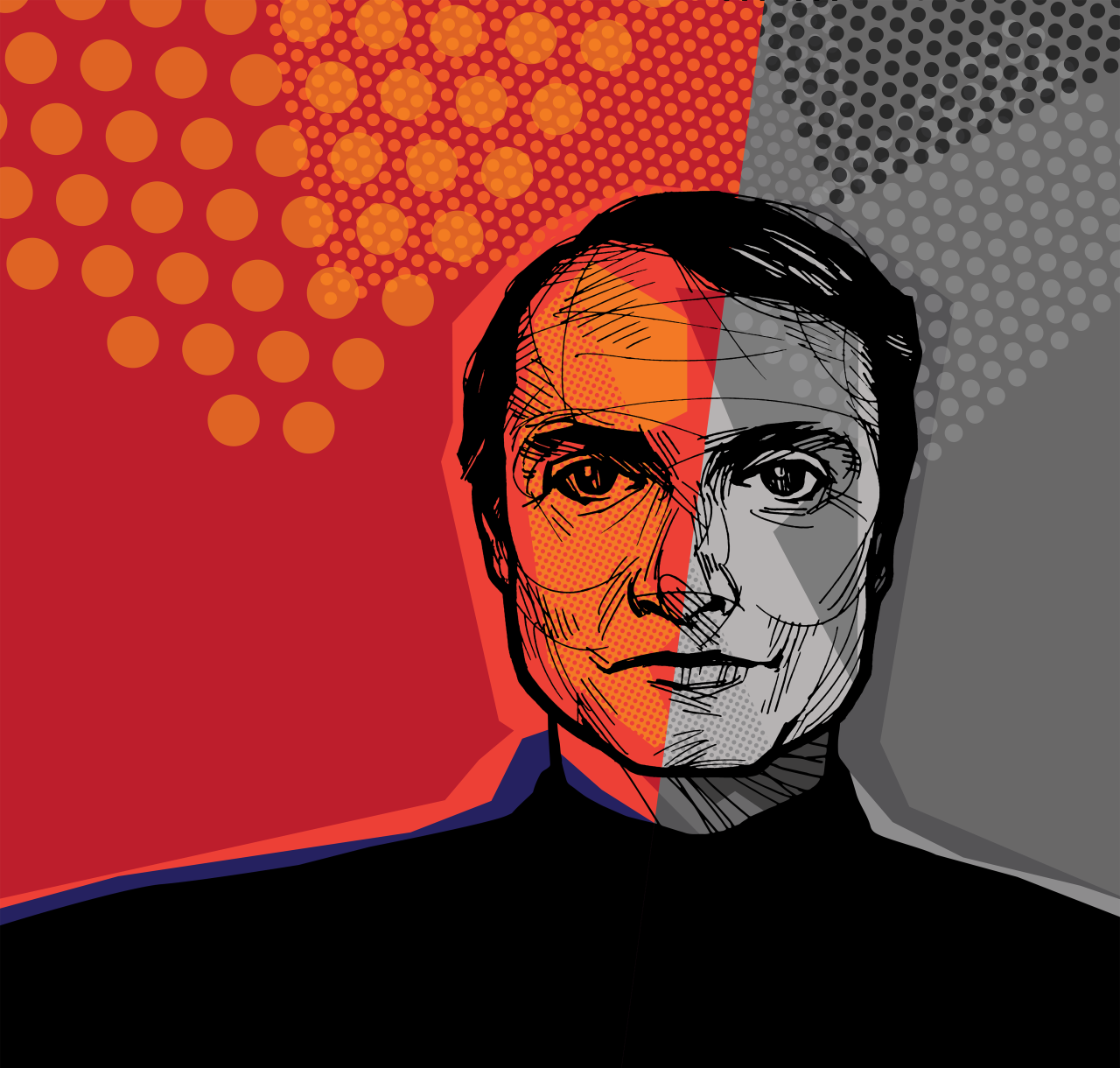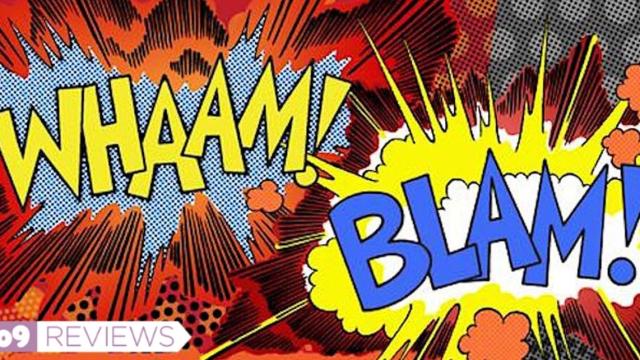Pop artist Roy Lichtenstein’s work is instantly recognisable: the giant, colourful canvases; the Ben-Day dots; the distinctively comic book-inspired images. That last element has caused controversy over the years, as critics point out “inspired” can sure look a lot like “ripped off.” A new documentary digs in.
Directed by James L. Hussey — who told Gizmodo he got the idea for his film from a 2014 post on this very website — Whaam! Blam! Roy Lichtenstein and the Art of Appropriation puts it to the viewer to decide if Lichtenstein was a “great artist, thief, or both,” providing plenty of background, context, and differing opinions. Talking heads include art curators and other art-world insiders, Lichtenstein experts (both pro- and anti-), and several comic book artists, including Dave Gibbons (Watchmen) and Zippy the Pinhead creator Bill Griffith — as well as industry veterans Hy Eisman and Russ Heath, whose art was among the works “appropriated” by Lichtenstein in the 1960s.
The film aims to give equal time to Lichtenstein’s supporters and detractors as it traces his career path from not-so-successful abstract expressionist to radical new sensation who, along with his New York City contemporary Andy Warhol, helped introduce pop art into the world’s most prestigious galleries and museums. We meet David Barsalou, whose Deconstructing Roy Lichtenstein website reflects his decades of research tracking down Lichtenstein’s source material (he estimates he now has 95% of all the original images the artist used); we hear Eisman explain he was paid $US10 ($14) to pencil a page containing a panel later made famous by Lichtenstein; we watch as an auctioneer sells a Lichtenstein painting for over $US150 ($208) million. Whaam! Blam! also dips into art history a bit, explaining it’s nothing new that an artist might be very closely inspired by the work of another artist, and elaborates on why many view Lichtenstein’s work as transformative, since he tended to made the originals bigger, slightly tweaked the figures, etc.

The documentary also gets into legal and copyright issues — pointing out that even if the comic artists Lichtenstein borrowed from wanted to sue him, they couldn’t, because their work was owned by the publishers who’d hired them — as well as, perhaps most compellingly, the ethical considerations that swirl around the entire situation. As the film points out by way of comparison, Warhol’s soup cans may not have been “original,” but everyone knew where the logo came from, and Campbell’s surely didn’t mind the free publicity. More currently, in work by Banksy, people know he’s taking an existing, iconic image — a scene from Pulp Fiction, for instance — and altering it in a specific way, like replacing guns with bananas in this example. It’s not the same as Lichtenstein’s method of repurposing an obscure comic panel that very few people would recognise. He’s a much more prickly case, mostly because he never gave credit to, or apparently even acknowledged, the artists whose work he appropriated… or flat-out stole, as some in the doc assert.
In the end, Whaam! Blam! Roy Lichtenstein and the Art of Appropriation is really a fascinating look at the divide between “high art” and “low art.” The doc does aim to be neutral, but with its abundance of visual material from Barsalou’s archives, not to mention genuinely moving interviews with nonagenarians Hy Eisman and Russ Heath — and, seriously, those jaw-dropping auction scenes — it’s hard not to wish that this “great artist” had been a bit more transparent about (and respectful of) his inspirations.
Whaam! Blam! Roy Lichtenstein and the Art of Appropriation is currently playing film festivals (next up, according to the director, is the Crystal Palace International Film Festival in London in March; it’ll also be at the Omaha Film Festival and California’s Sebastopol Documentary Film Festival) and has picked up distribution, but does not yet have a release date. Hussey tells Gizmodo he eventually hopes to sign a deal with a streaming service. Check out the trailer here; keep up to date on where the film is playing at its official Facebook page.

Leave a Reply